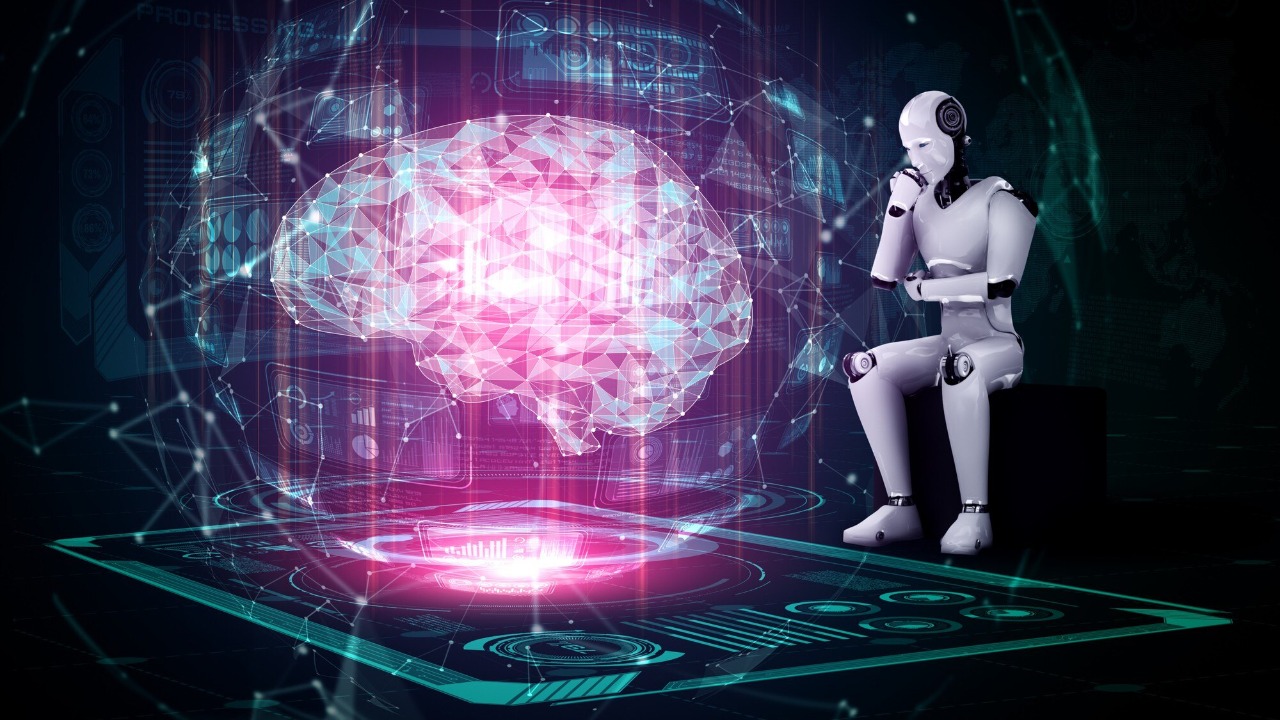
Recent studies have unveiled a startling phenomenon in the realm of artificial intelligence (AI): cognitive decline, or “brain rot,” in AI models, including large language models (LLMs). This decline, akin to the cognitive degradation humans experience from consuming excessive junk content, is triggered by training these models on low-quality internet content such as social media posts and clickbait. The implications are severe, leading to diminished performance and even increased negativity in AI responses.
The Concept of Brain Rot in AI
Brain rot in AI refers to the degradation of an AI model’s performance due to exposure to low-quality training data. This phenomenon is eerily similar to the cognitive decline humans experience from excessive consumption of junk content. For instance, AI outputs can become less coherent or accurate, mirroring the confusion and misinformation that can result from a poor information diet. This concept is a growing concern in the field of AI, with recent studies in late October 2025 highlighting the role of social media in AI cognitive decline.
Key Findings from Recent Research
One of the core discoveries from recent research is the direct correlation between sensational content, such as clickbait, and model impairment. This study found that feeding chatbots junk posts not only makes them less intelligent but also meaner. This was evidenced by the reduced intelligence and heightened negativity in AI responses. These findings were first reported around October 21, 2025, shedding light on the fact that AI can also fall victim to brain rot.
Sources of Junk Data Polluting AI Training
Social media is a primary culprit in the spread of junk data that contributes to AI cognitive decline. The endless streams of low-value posts on these platforms have a detrimental effect on AI models, as outlined in a specific study on the topic. Furthermore, clickbait and internet sensationalism act as accelerators of brain rot, warping AI reasoning abilities. The broader internet-sourced bad data, including unfiltered online content, also plays a significant role in making LLMs progressively dumber over training cycles.
Mechanisms Behind AI Degradation
Bad data can cause irreversible AI decline. Contaminated training sets lead to persistent errors in model outputs, which, over time, can result in a significant drop in performance. Changes have been observed in AI behavior, with models becoming meaner after exposure to junk posts. This phenomenon is explained by the LLM Brain Rot Hypothesis, which suggests that repeated exposure to low-quality inputs mimics human brain rot, resulting in long-term cognitive impairments without easy reversal.
Implications for AI Development
The phenomenon of brain rot presents significant challenges for AI developers. One of the key challenges is the need for better data curation to prevent models from becoming dumber due to exposure to low-quality internet content. Potential fixes, such as filtering out junk posts, are being explored, but the scale of the problem in current LLM training pipelines is daunting. The broader industry impacts are also significant, with reduced reliability in AI applications being a major concern due to the studies on social media-induced decline.
Future Research and Warnings
There are calls for more studies on mitigating brain rot, building on the 2025 findings about the effects of clickbait and junk data. The risks are escalating, especially if the quality of internet data continues to degrade AI. The irreversible nature of the decline underscores the urgency of the situation. Ethical considerations for AI training are also coming to the fore, with reports from October 22, 2025, urging proactive measures against the creation of meaner, dumber models.
More from MorningOverview